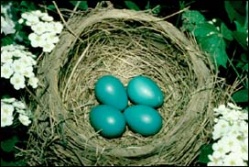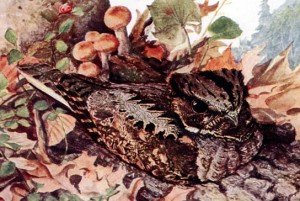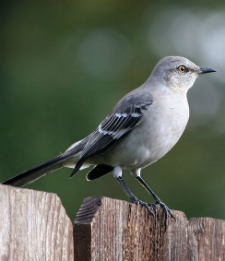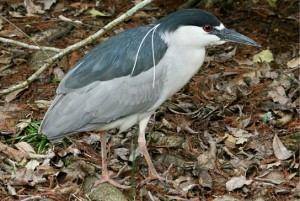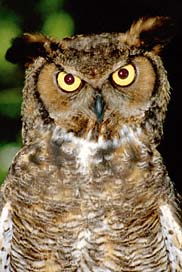Fight the bite: Tips to prevent tick bites, tick-borne disease
Spring and summer are hunting, fishing, camping, and hiking seasons. It is also the time of year when ticks are out. The Kansas Department of Health and Environment (KDHE) and the Kansas Department of Wildlife, Parks and Tourism (KDWPT) remind those spending time outdoors to take precautions to avoid tick bites.
In 2014, 212 cases of tick-borne diseases including ehrlichiosis; anaplasmosis; spotted fever rickettsiosis, also known as Rocky Mountain spotted fever; tularemia; and Lyme disease were reported in Kansas, and 75 of those patients required hospitalization. Kansans are encouraged to follow these steps to prevent tick bites: Dress, DEET, Avoid and Check.
DRESS: Wear protective clothing when practical (long sleeves and pants). Clothing should be light-colored to make ticks more visible. When hiking, wear a long-sleeved shirt tucked into pants, long pants tucked into high socks and over-the-ankle shoes to keep ticks out. Products containing permethrin, which kills ticks rather than merely repelling them, can be applied to clothing and equipment but not directly to skin. Garments must be allowed to dry thoroughly before wearing. Clothing and tents pre-treated with permethrin are available, and the protection can remain active through several washings. Be sure to follow label directions.
DEET: Insect repellents also reduce the risk of being bitten. When outdoors, use insect repellant containing 20 percent to 30 percent DEET on exposed skin and clothing for protection that lasts up to several hours. Follow the directions on the label. Other repellents registered by the Environmental Protection Agency can be found at http://cfpub.epa.gov/oppref/insect/.
AVOID: Ticks are usually found on vegetation close to the ground. In addition to regular mowing, avoid wooded or bushy areas with tall grass and leaf litter and walk in the center of trails.
CHECK: Check yourself at least every two hours for ticks when outside for extended periods of time. Pay special attention to areas in and around your hair, ears, armpits, groin, navel and backs of the knees. Promptly remove a tick if one is found. The sooner a tick is removed, the less chance it will transmit a disease to its host. If you find a tick, grasp the tick with tweezers as close to the skin as possible and slowly pull it straight out. Do not crush or puncture the tick and try to avoid touching the tick with your bare hands. Thoroughly disinfect the bite area and wash your hands immediately after removal. Be sure to also examine pets and gear, as ticks can ride into the home on animals, coats, backpacks and blankets, etc.
Symptoms of tickborne disease can include any unusual rash and unexplained flu-like symptoms, including fever, severe headaches, body aches and dizziness. Prompt treatment with antibiotics can prevent serious illness or even death. See your doctor immediately if you have been bitten by a tick and experience any of these symptoms.
For more information about tick-borne diseases, visit cdc.gov/ticks/resources/Hunterfactsheet.pdf and cdc.gov/ticks/diseases/.

